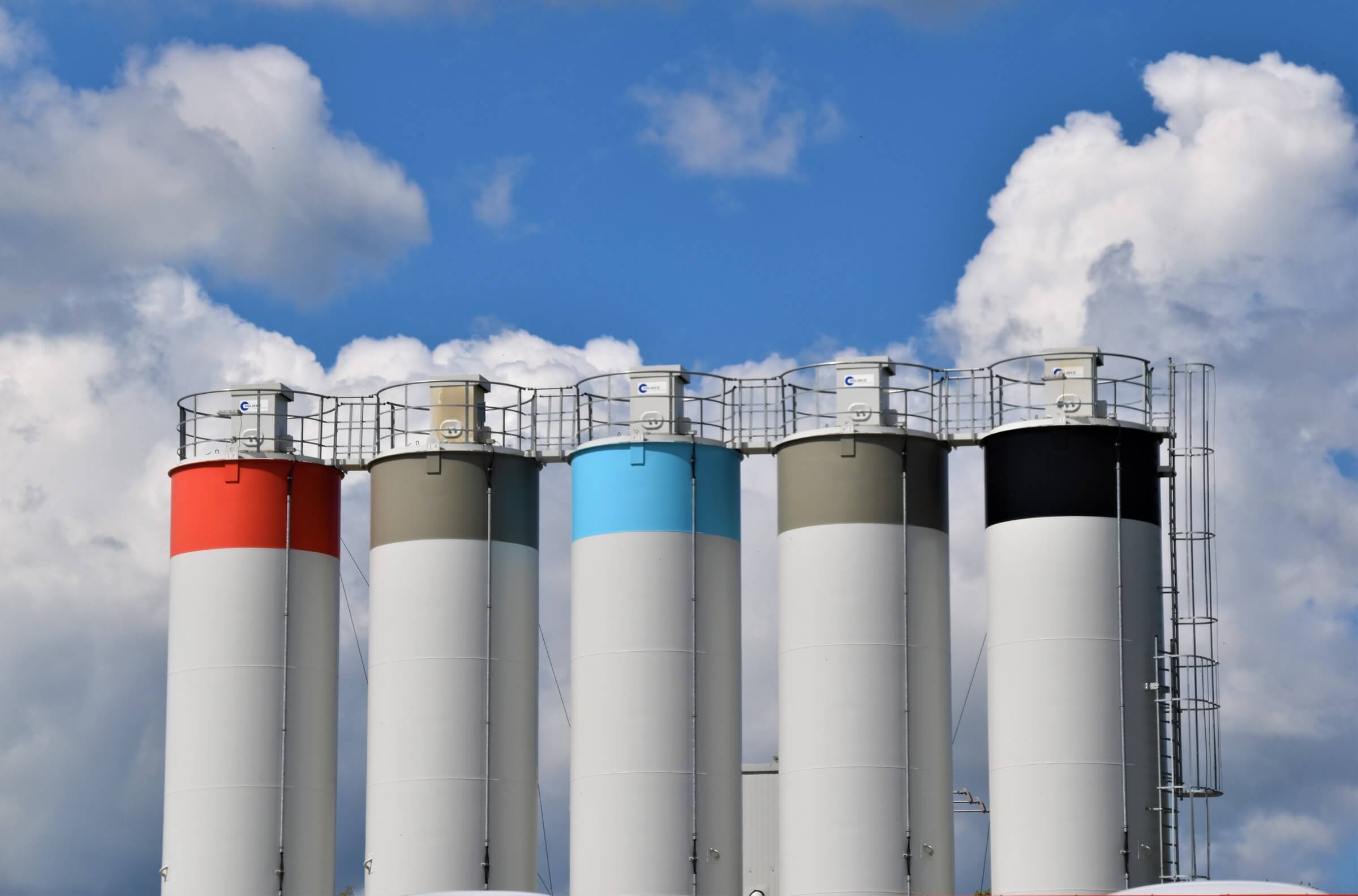How Can The Oil And Gas Industry Benefit From Big Data Analytics?

Oil and gas firms are continually confronted with a variety of industry-specific obstacles, such as a lack of insight into complicated operational processes, performance improvement concerns, equipment life cycle management, logistical complexity, and compliance with environmental standards. Examine how the ever-increasing quantity of data created by oil and gas firms may be used to overcome these obstacles when transformed into actionable insights.
What are the benefits of big data analytics for the industry?
Big data analytics helps streamline essential oil and gas processes in the upstream, middle, and downstream sectors, such as exploration, drilling, production, and delivery.
The upstream industry
We remark that big data analytics may be used in the upstream sector to:
Organize the seismic data.
The initial stage in upstream analytics is to gather seismic data (using sensors) over a potential region of interest in search of petroleum sources. After the data is gathered, it is analyzed and examined in order to determine the best drilling position. Seismic data may be combined with other data sets (a company’s historical data on prior drilling operations, research data, and so on) to estimate the quantity of oil and gas in oil reservoirs.
Drilling procedures should be optimized.
Customizing predictive models that detect probable equipment breakdowns is one method to improve drilling procedures. The equipment is equipped with sensors to collect data during drilling operations as a starting point. Machine learning algorithms are used to analyze this data along with equipment information (model, operational settings, etc.) to detect use patterns that are likely to result in breakdowns.<
Make improvements to reservoir engineering.
Temperature sensors, acoustic sensors, pressure sensors, and other downhole sensors can collect data that helps firms increase reservoir output. Companies can, for example, use big data analytics to create reservoir management applications that provide timely and actionable information about changes in reservoir pressure, temperature, flow, and acoustics, allowing them to gain more insight and control over their operations and drive reservoir performance and profitability.<
The midstream industry
The petroleum industry’s logistics are extremely complicated, and the main focus is transporting oil and gas with the least amount of risk feasible. Sensor analytics is used by businesses to assure the safe logistics of their energy products. Predictive maintenance software examines sensor data from pipelines and tankers to detect anomalies (fatigue cracks, stress corrosion, seismic ground movements, and so on), allowing accidents to be avoided.
Downstream Industry
Oil and gas companies may use big data predictive analytics to decrease refining equipment downtime and maintenance costs, hence enhancing asset management. In the first phase, the equipment’s performance is assessed by comparing historical and present operational data. The performance forecast is fine-tuned based on the device’s end-of-life criteria and failure situations. Finally, the predicted equipment performance is displayed and communicated to maintenance professionals so that they may make decisions such as whether or not to replace the asset.

